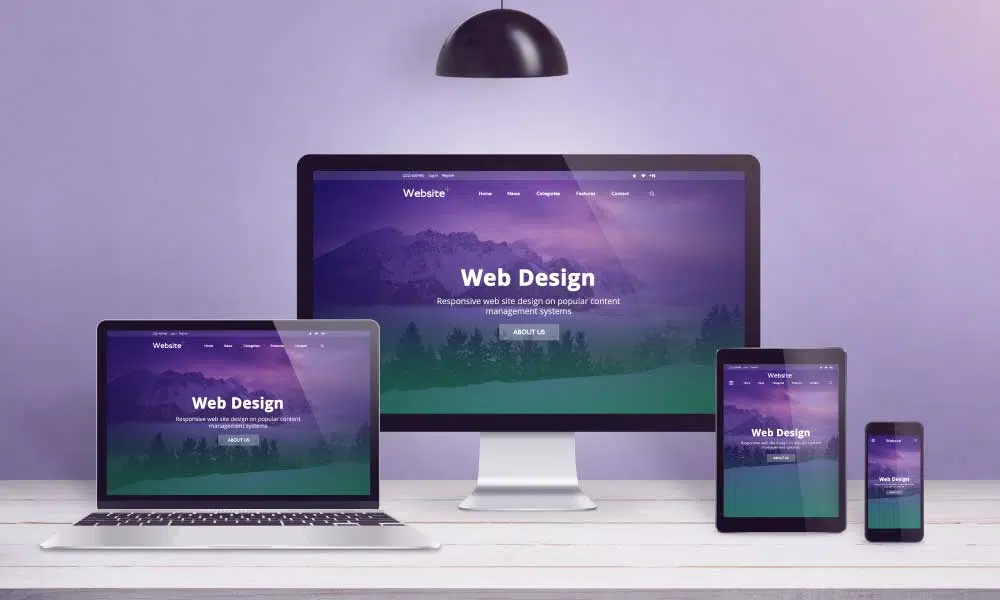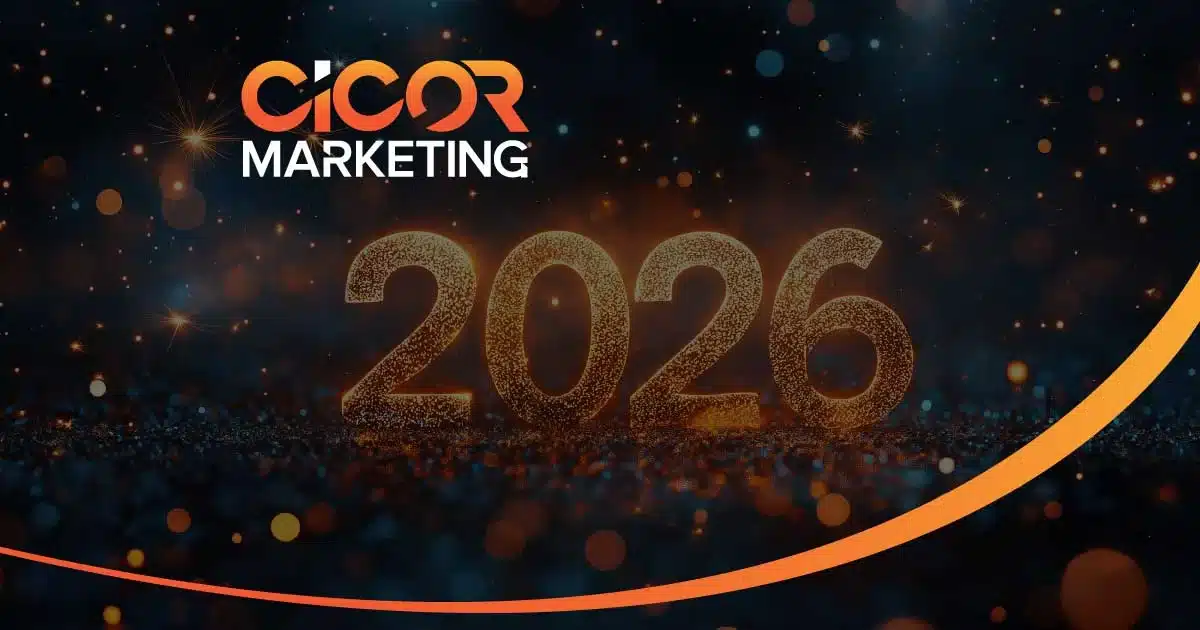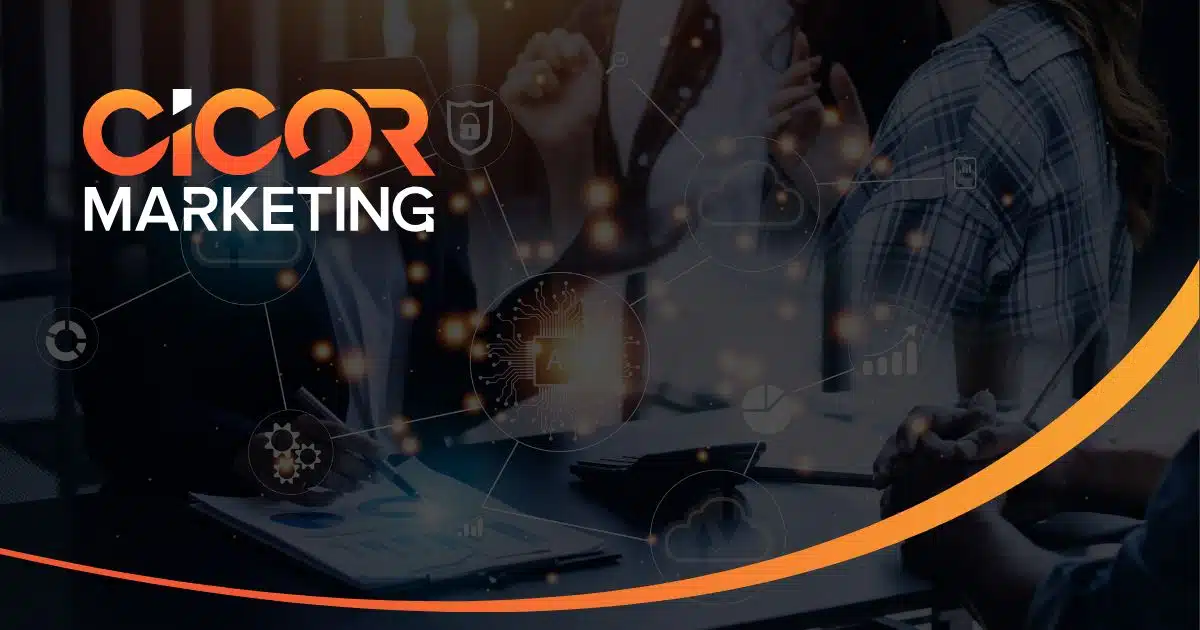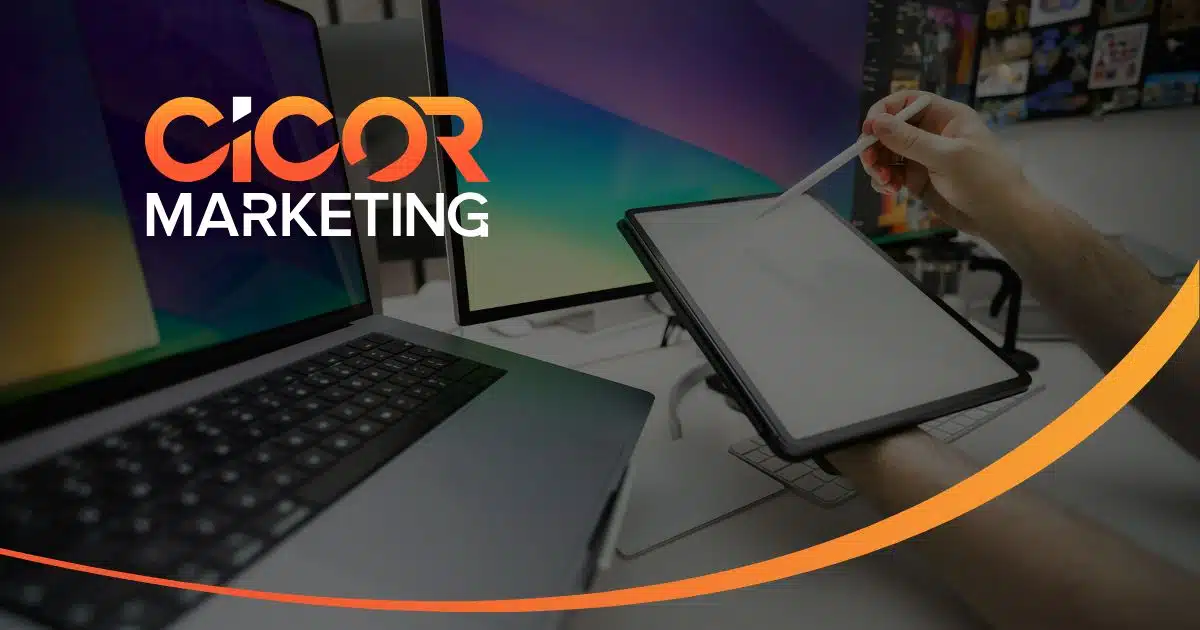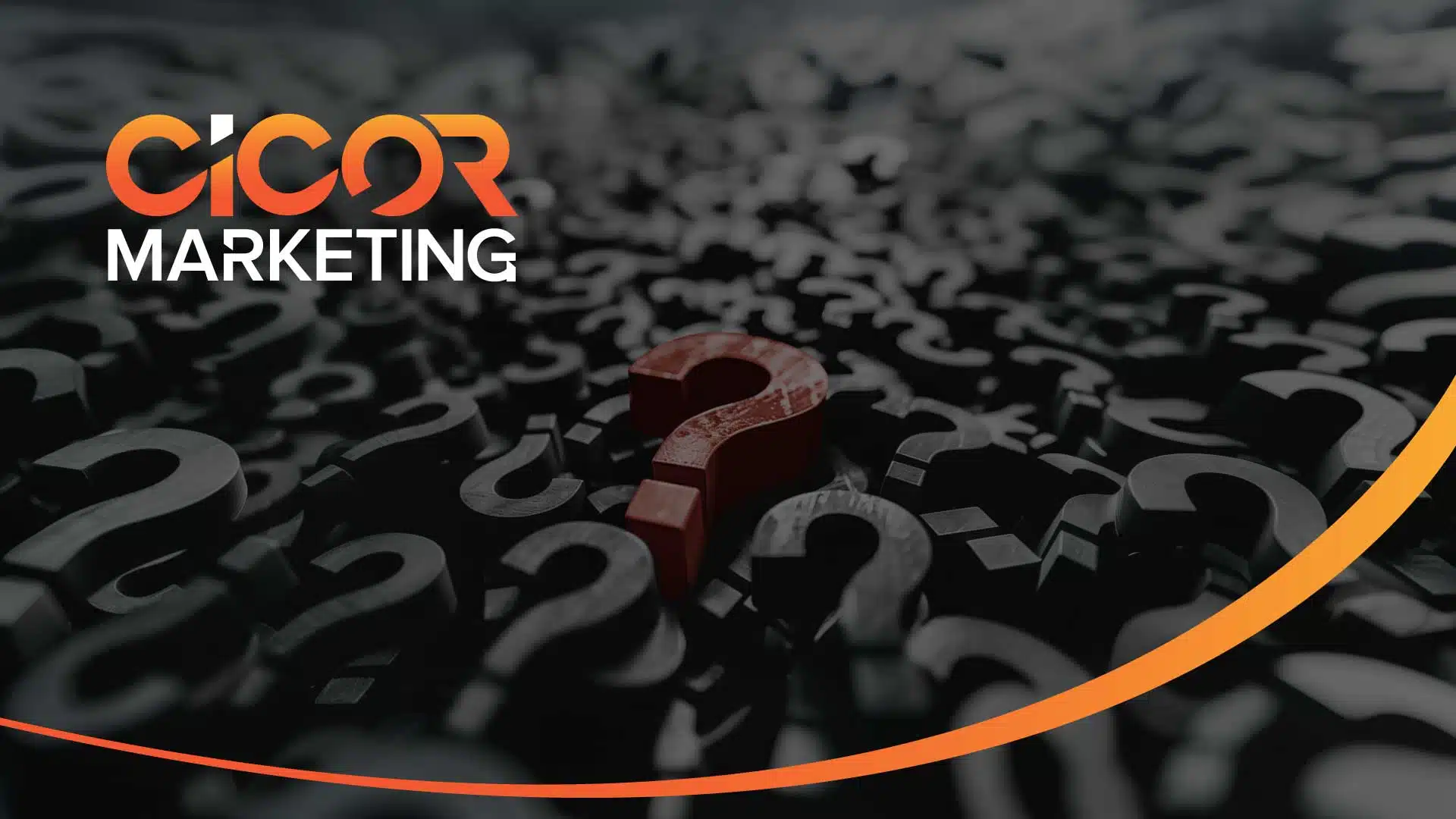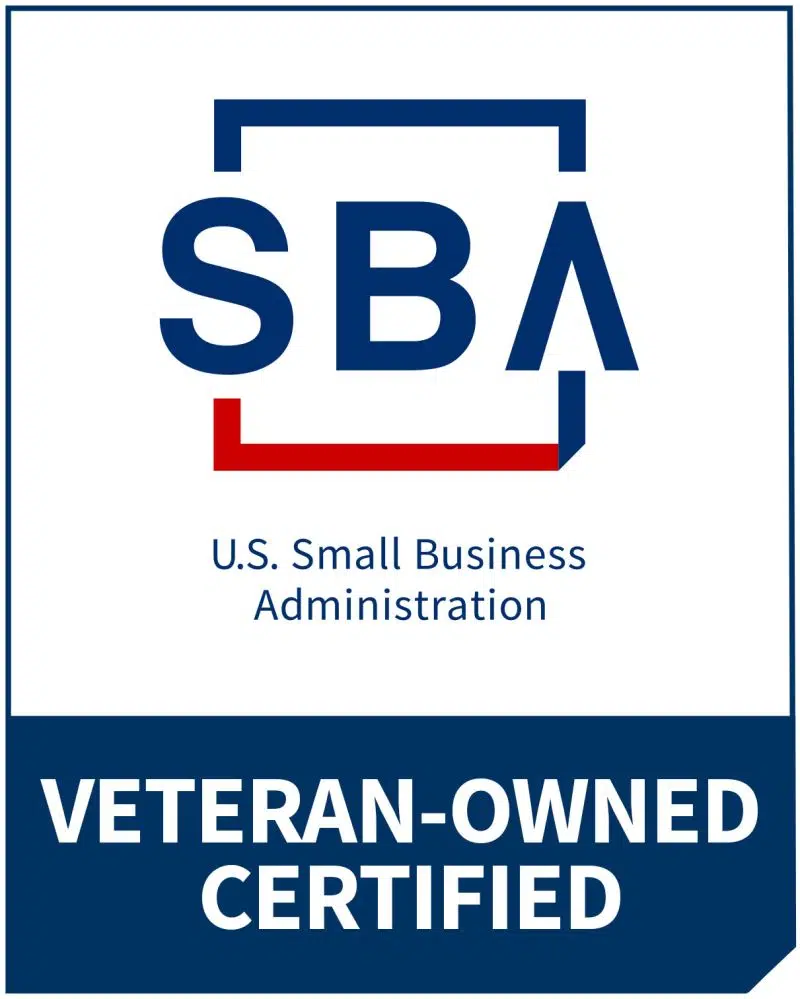Build stunning, high-performing websites with expert web design and development. Enhance user experience, boost engagement, and drive conversions.
Web Design Best Practices for 2025: Enhancing User Experience
A well-designed website does more than showcase your business—it engages users, drives conversions, and builds trust. As 2025 approaches, web design trends are shifting towards user-centric experiences, mobile-first approaches, and accessibility. For businesses looking to stay competitive, keeping up with these best practices is essential.
The Rise of Mobile First Design
Mobile-first design is no longer optional. With over 60% of web traffic coming from mobile devices, websites need to prioritize mobile functionality. A mobile-first approach ensures that users on smaller screens experience fast load times, intuitive navigation, and responsive layouts.
The Rise of Mobile First Design
Google also favors mobile-friendly sites in search rankings, making this a crucial factor for SEO.
Accessibility
Inclusive Design for All Users
An accessible website accommodates all users, including those with disabilities. In 2025, accessibility will continue to be a priority for businesses seeking to create inclusive digital experiences and comply with regulations like the ADA (Americans with Disabilities Act).
How to Improve Accessibility
Accessibility not only expands your audience but also improves overall usability.
Minimalist Aesthetics
Less Is More
In 2025, simplicity will dominate web design. Minimalist aesthetics prioritize clarity and functionality, eliminating unnecessary elements that distract users.
Key Elements of Minimalist Design
Minimalism doesn’t mean boring—it ensures that every element on the page serves a purpose.
Interactive Features
Keeping Users Engaged
Interactive design is key to creating engaging experiences. From hover effects to scrolling animations, interactive elements can guide users through your site while keeping them interested.
Popular Interactive Features
These features make your site feel modern and dynamic, encouraging longer visit times.
Artificial Intelligence & Chatbots
AI is transforming web design by personalizing user experiences and automating customer support. AI-powered chatbots can provide instant answers to common questions, guiding users and capturing leads.
Benefits of AI in Web Design
Dark Mode
A Growing Trend
Dark mode, where websites feature dark backgrounds and light text, has grown in popularity for its aesthetic appeal and reduced eye strain. Offering users the option to switch between light and dark modes can enhance their experience.
Sustainability in Web Design
Eco-friendly web design focuses on reducing the environmental impact of your website. Optimized websites require less energy to load, contributing to a more sustainable internet.
How to Design Sustainably
Sustainability not only benefits the environment but also appeals to eco-conscious users.
In 2025, web design will prioritize user experience, accessibility, and sustainability. By implementing these best practices, businesses can create websites that not only look great but also deliver results. At CICOR Marketing, we specialize in crafting modern, user-friendly websites tailored to your goals, and we complement them with effective digital advertising and PPC strategies to maximize visibility and conversions.

